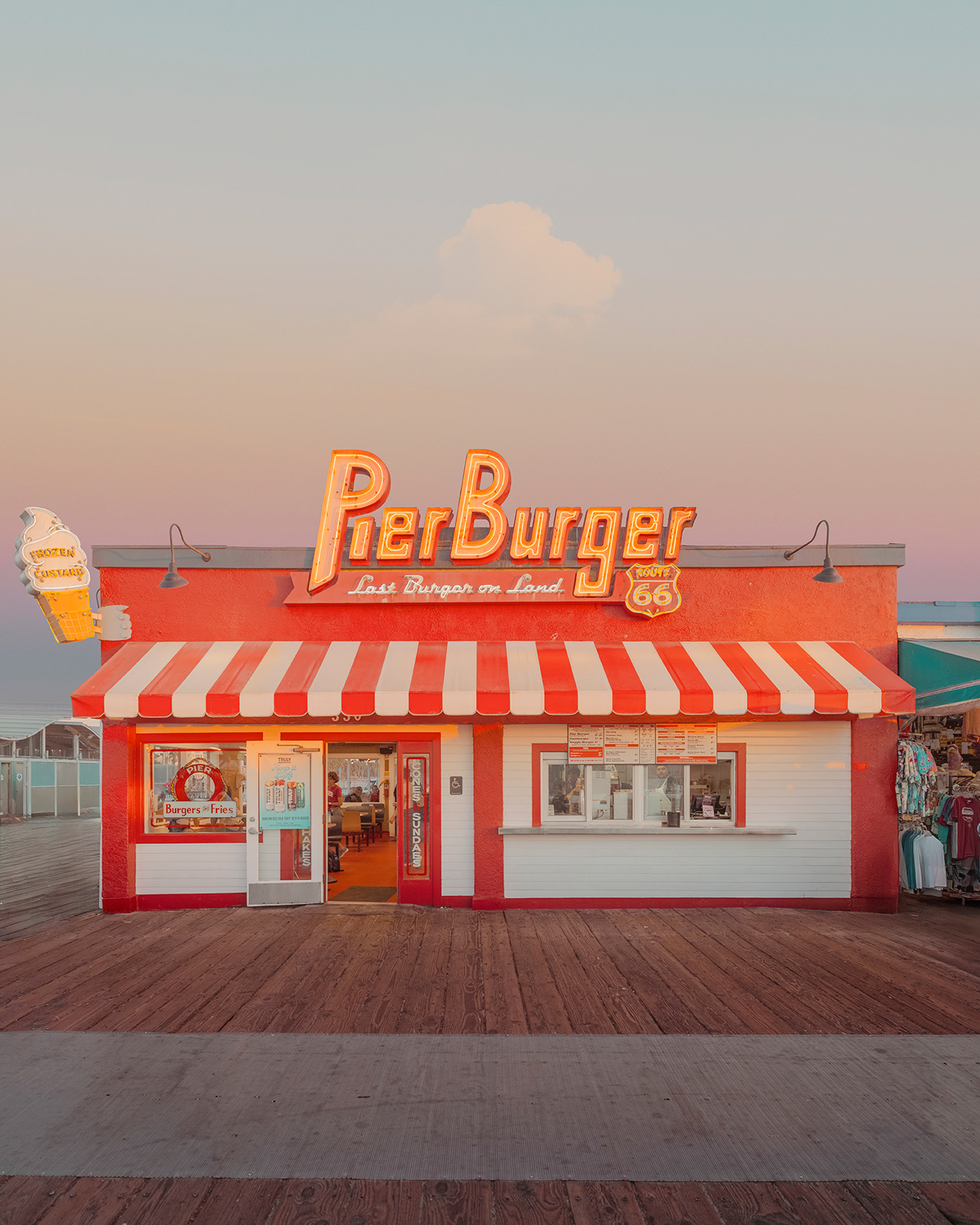
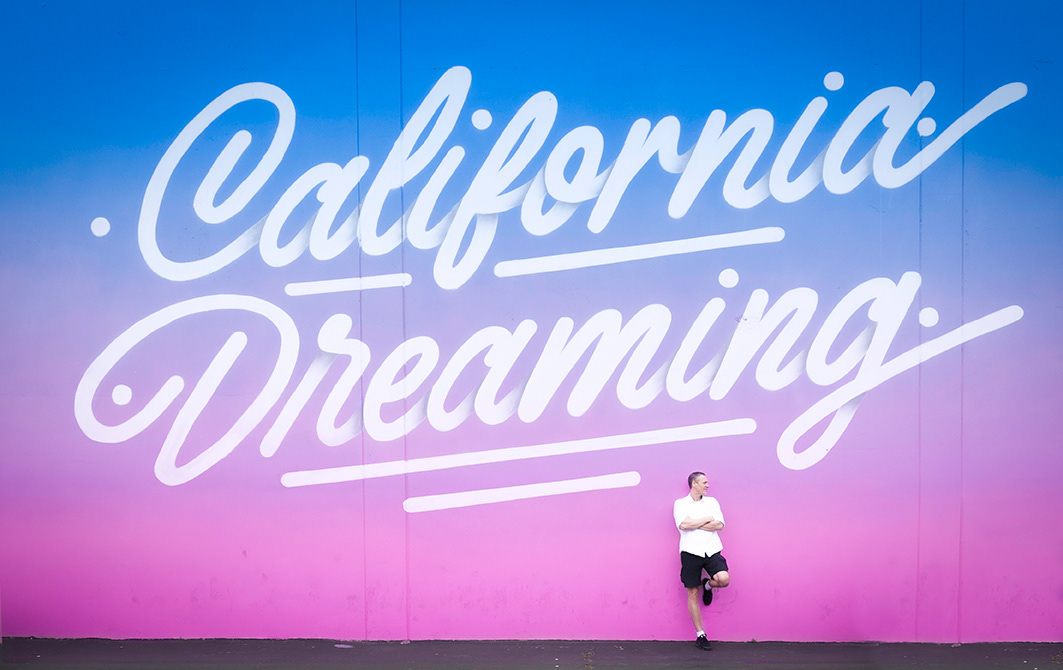

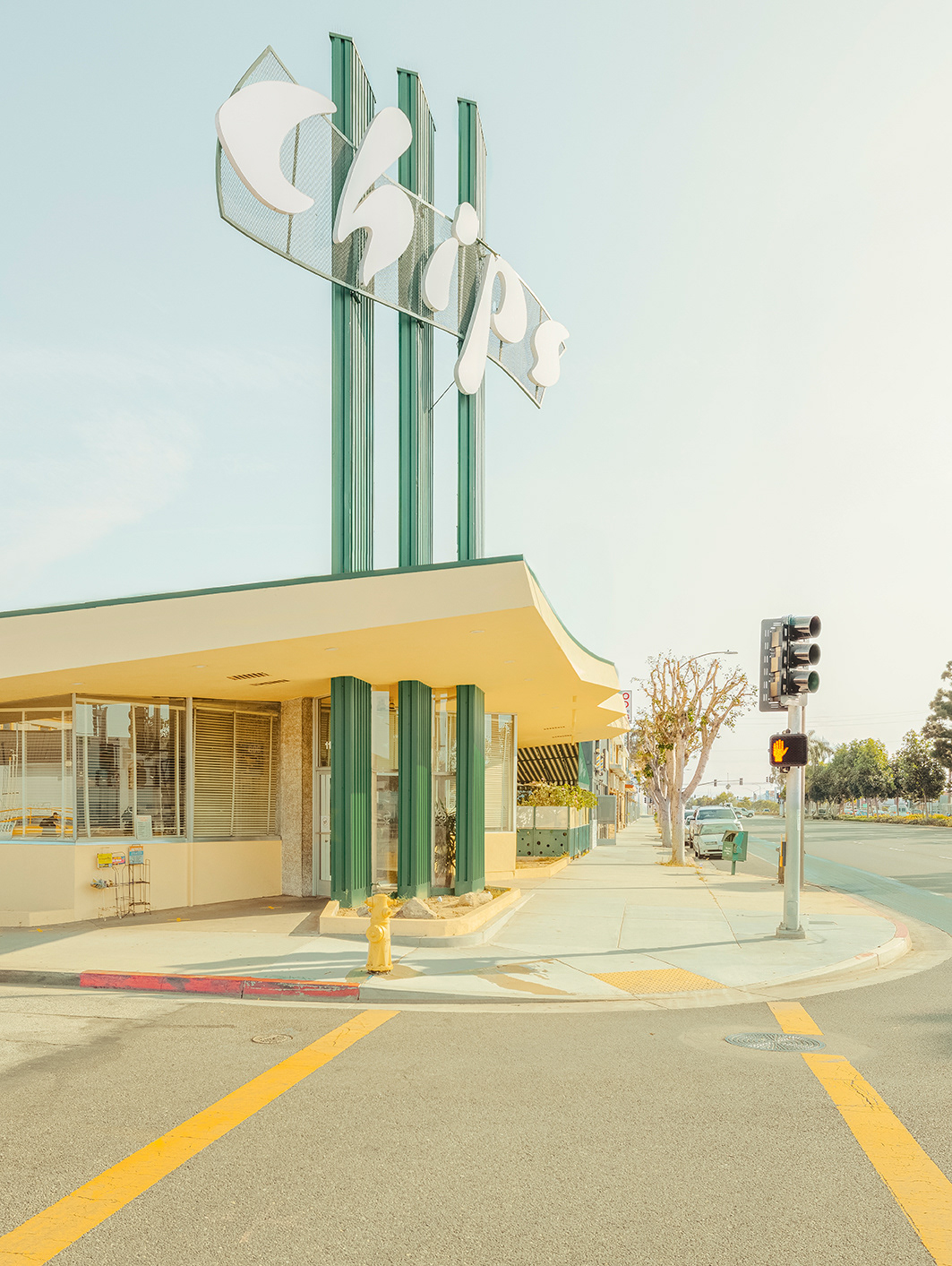
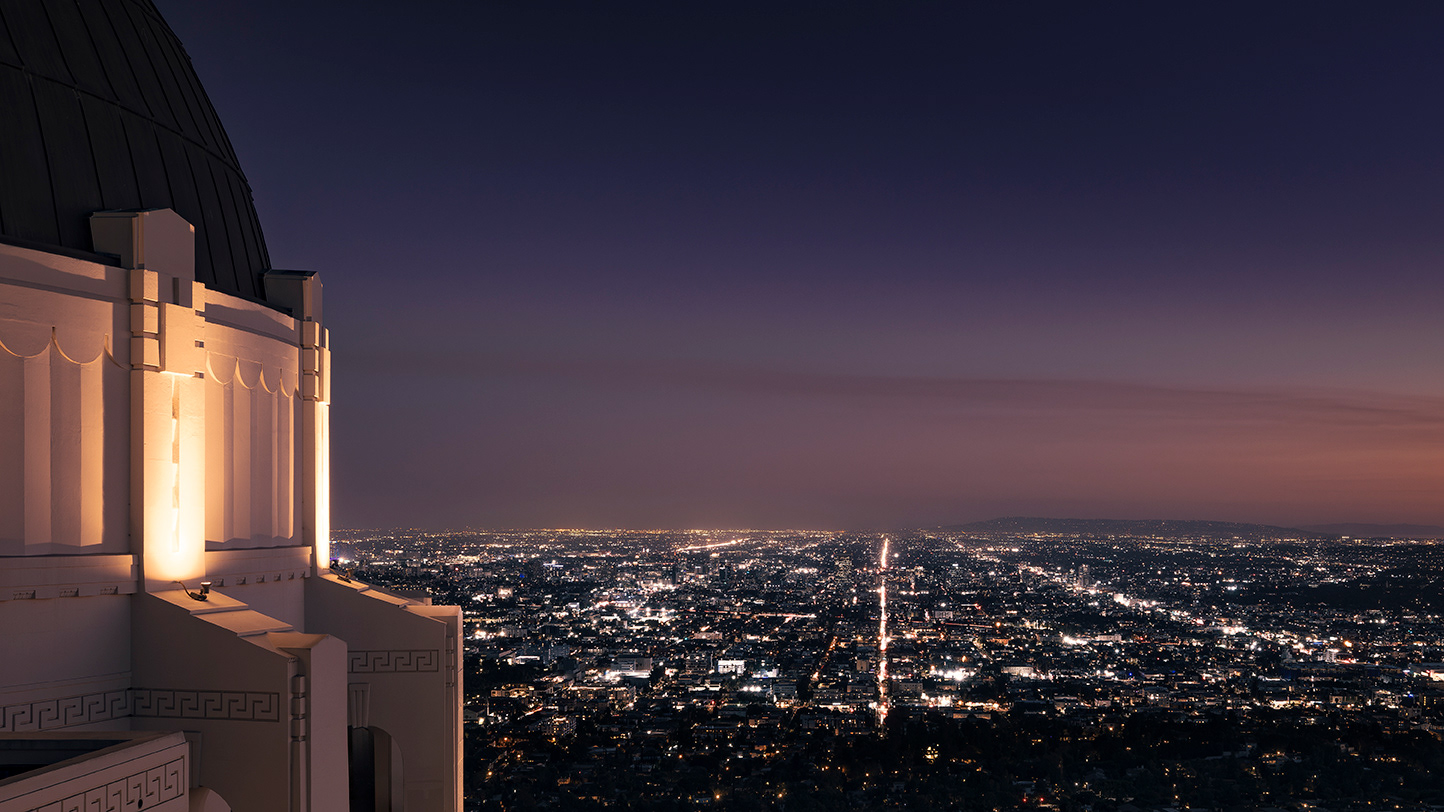
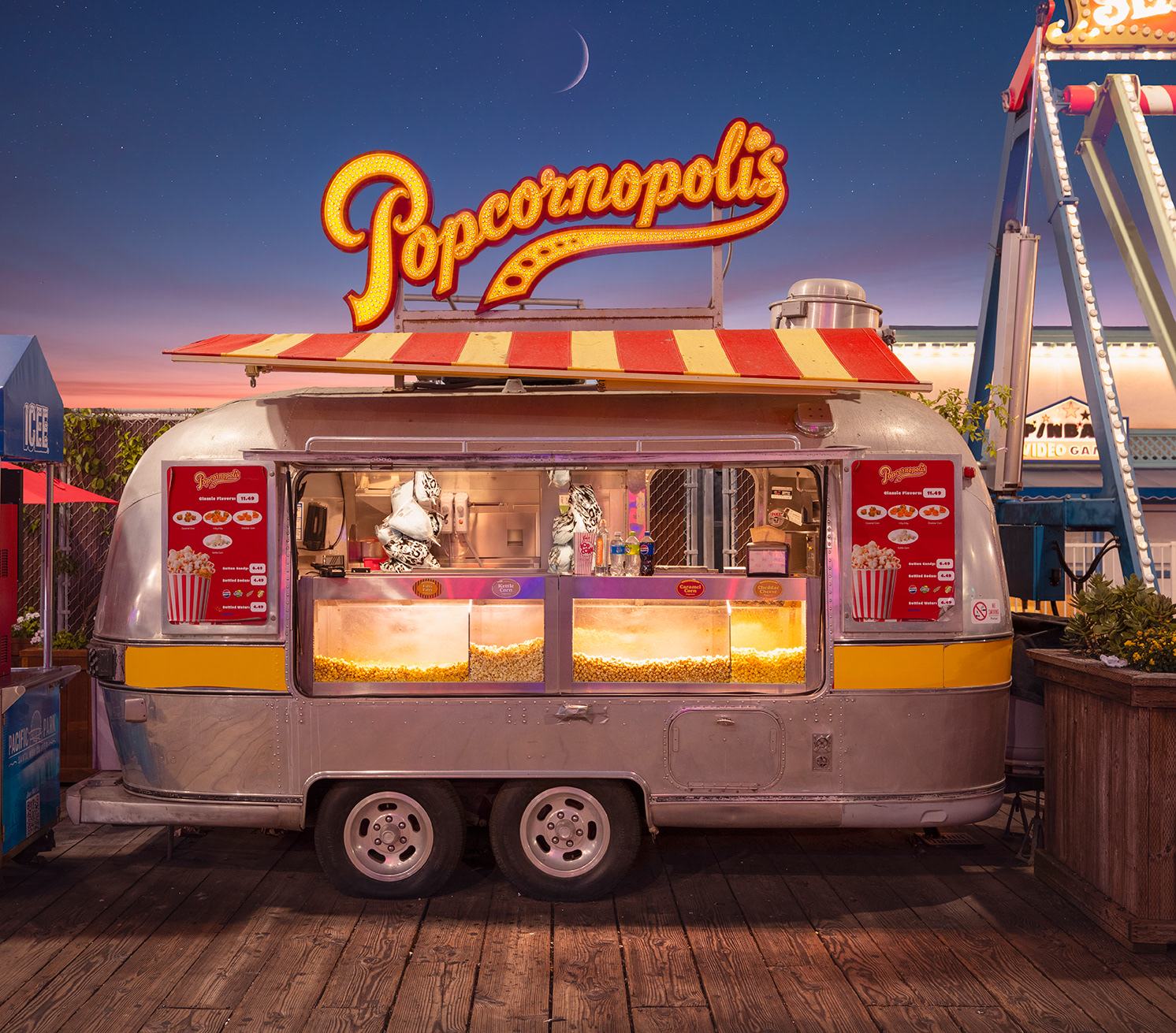
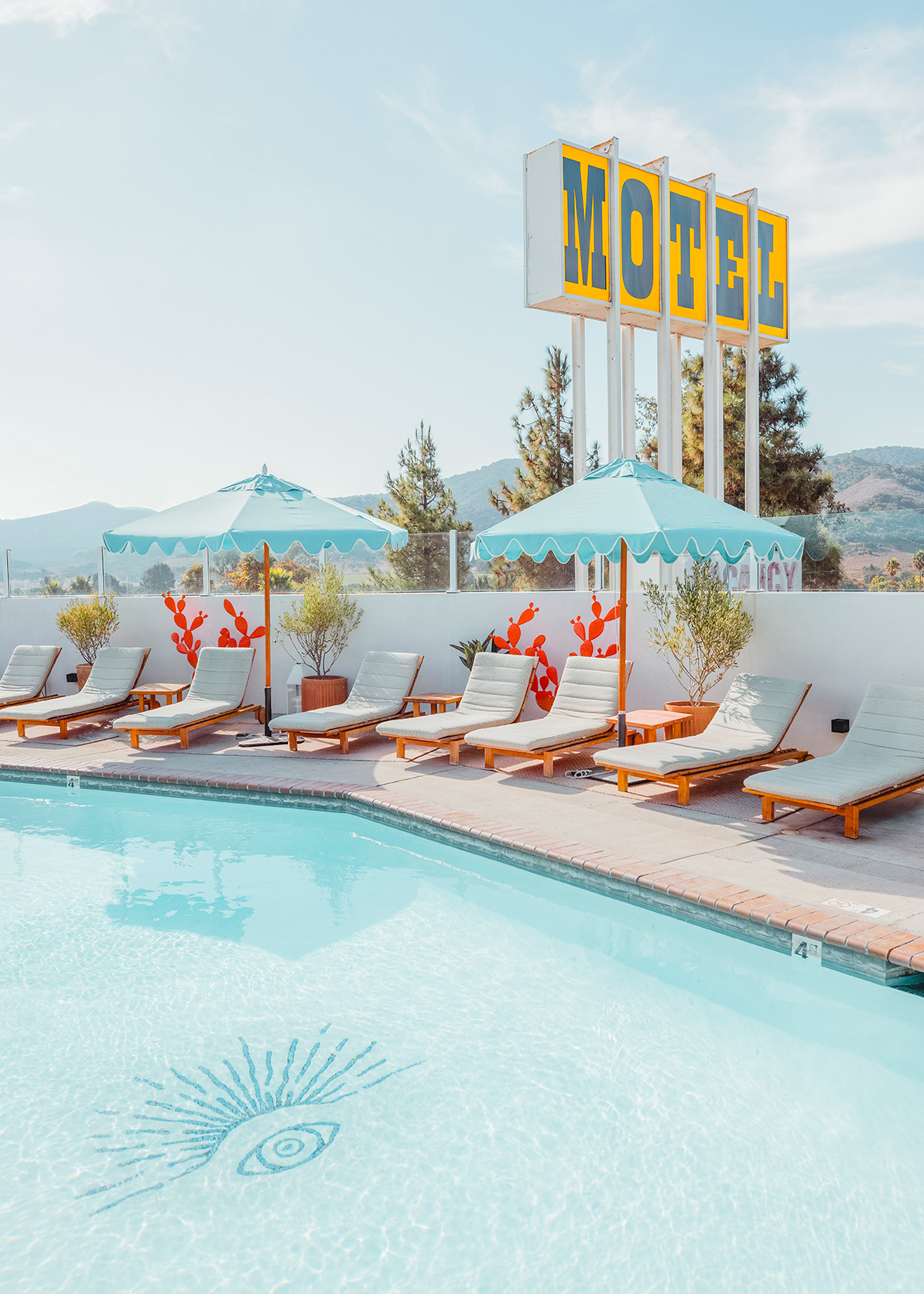
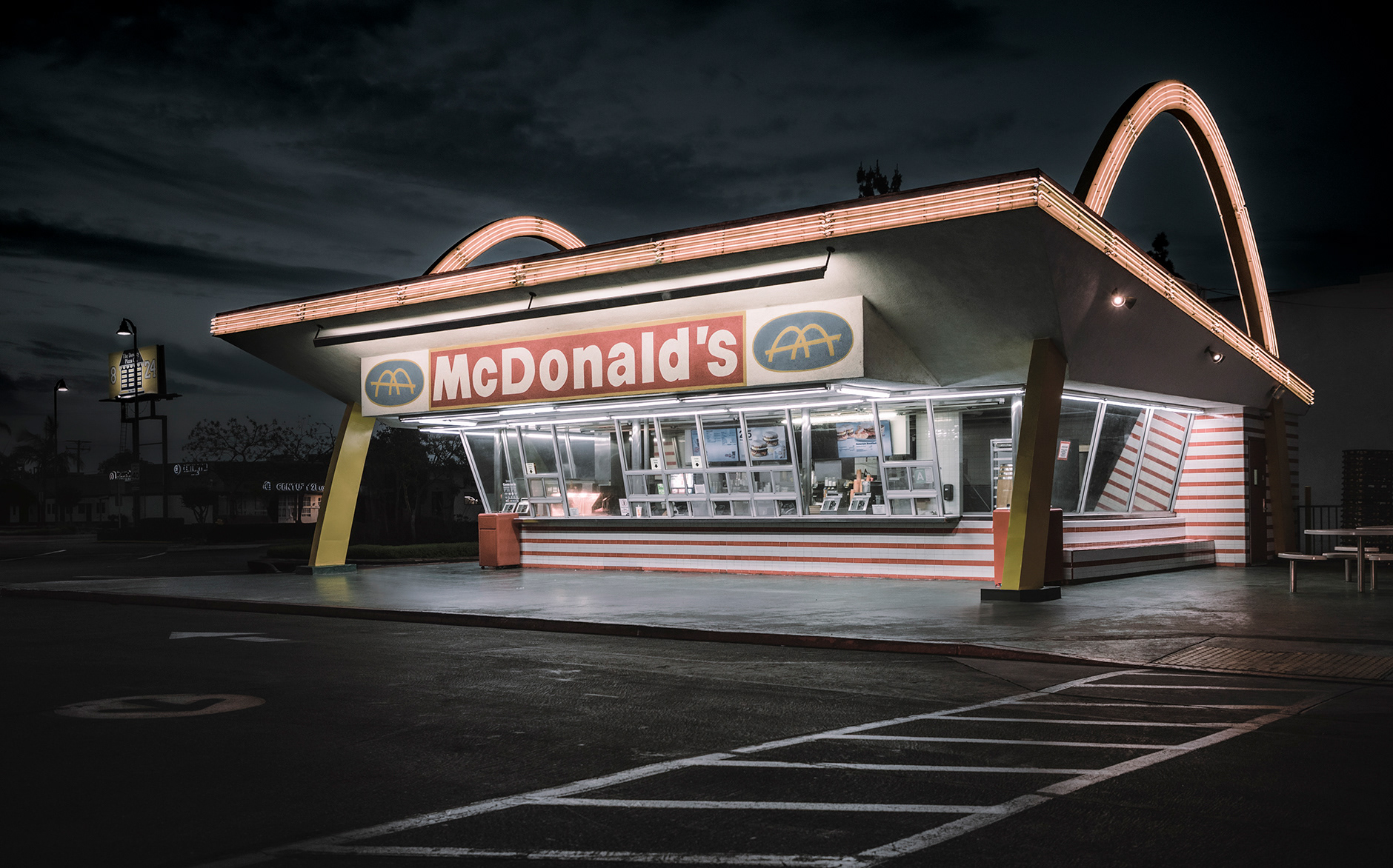

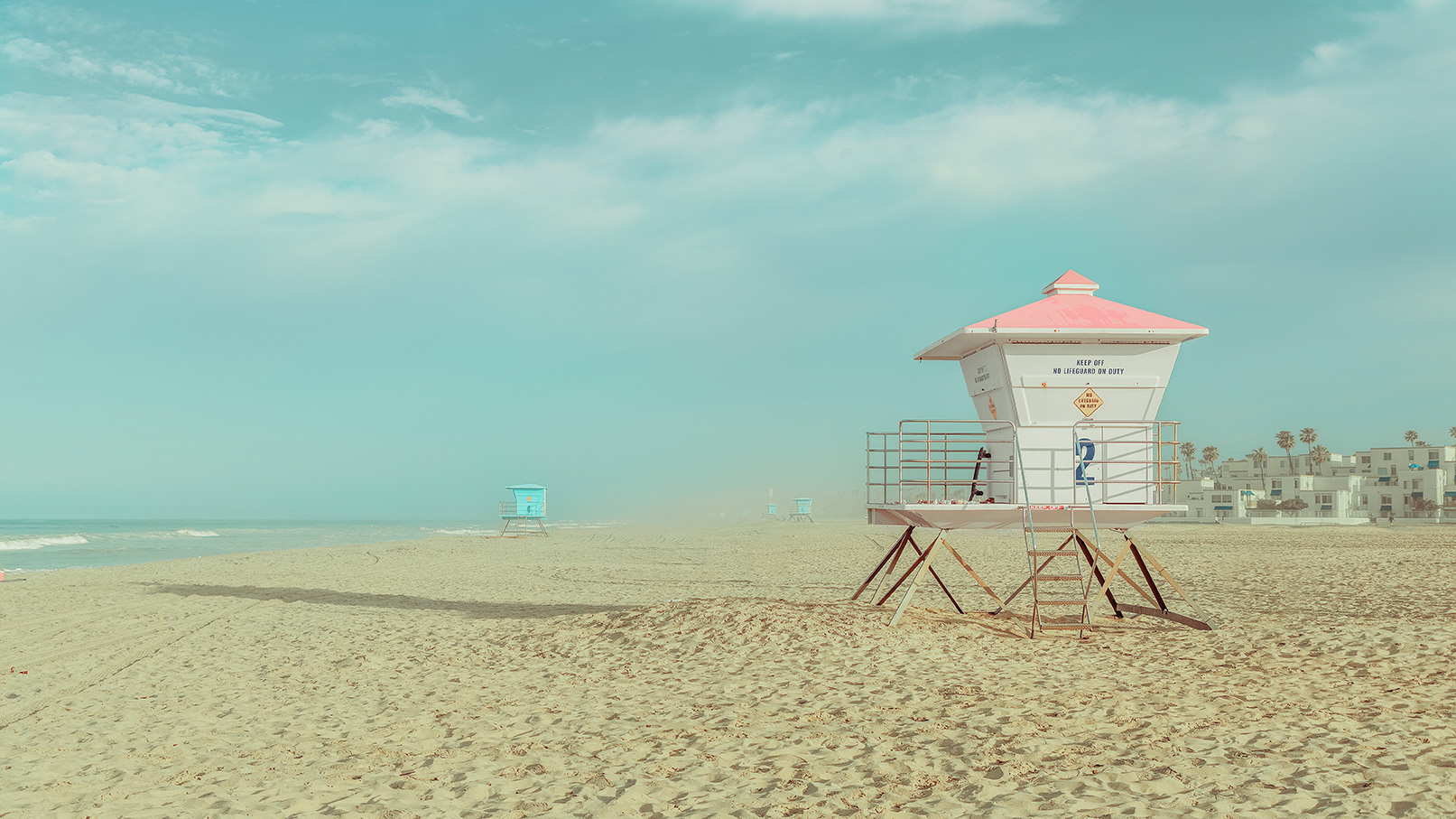
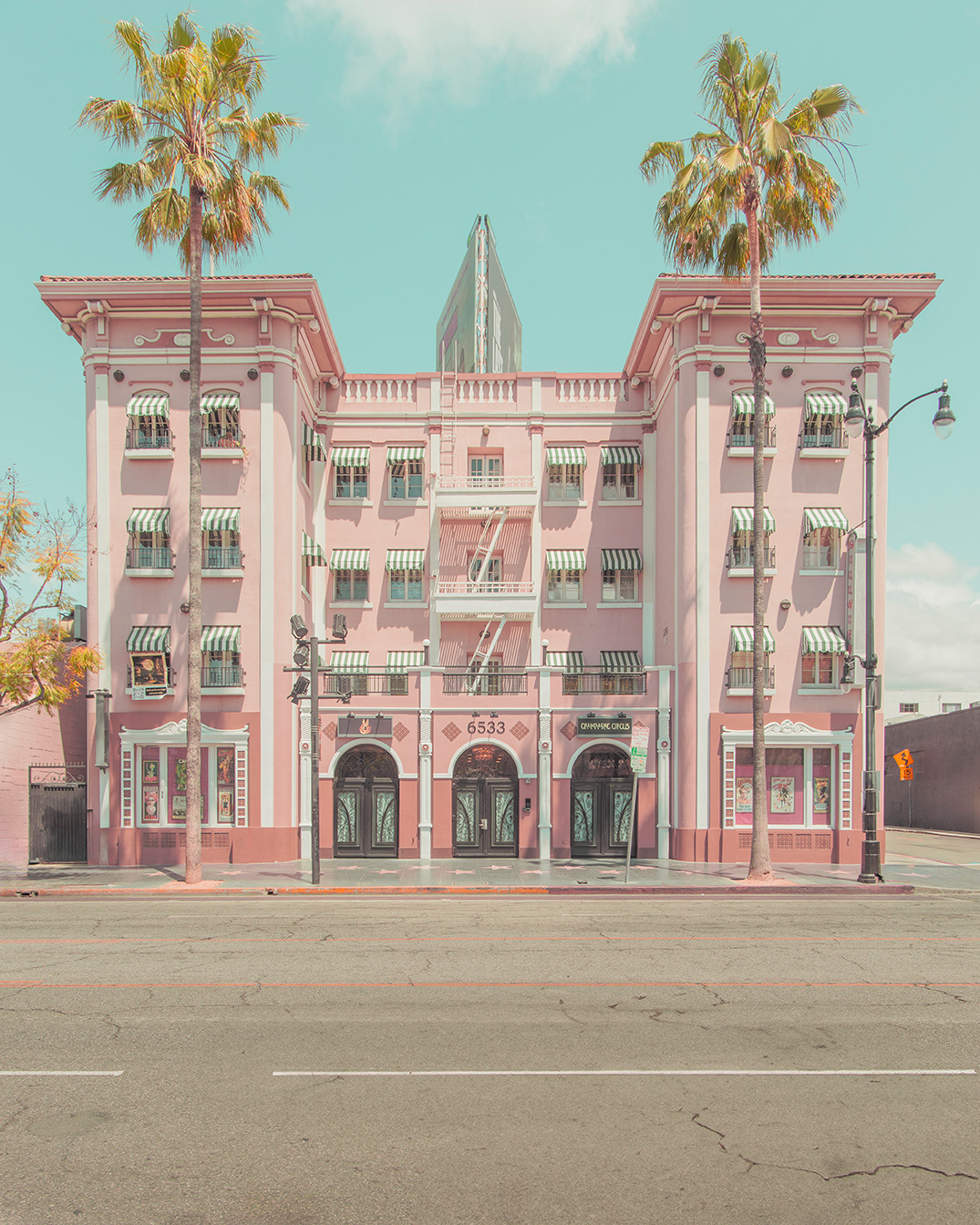
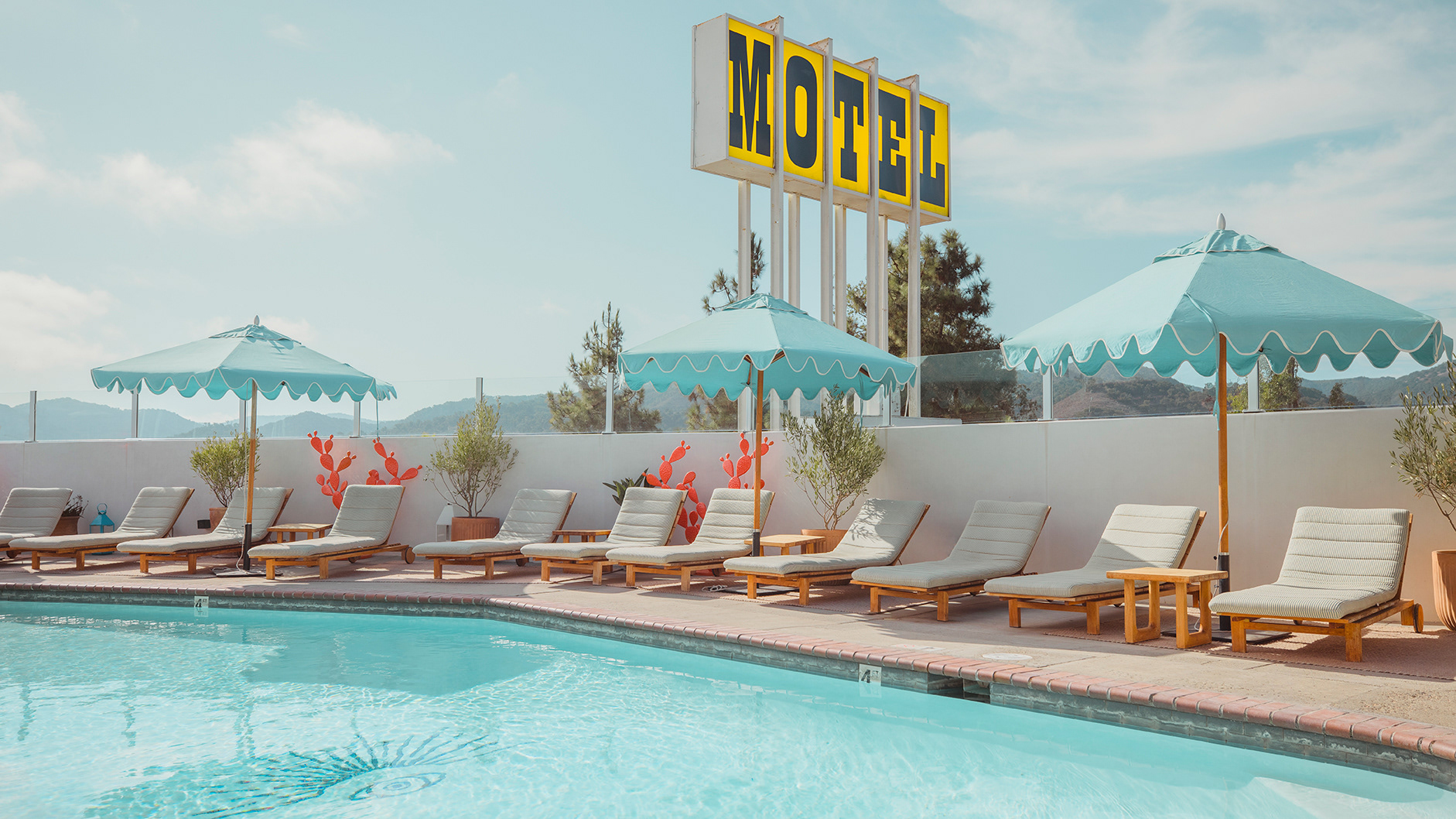
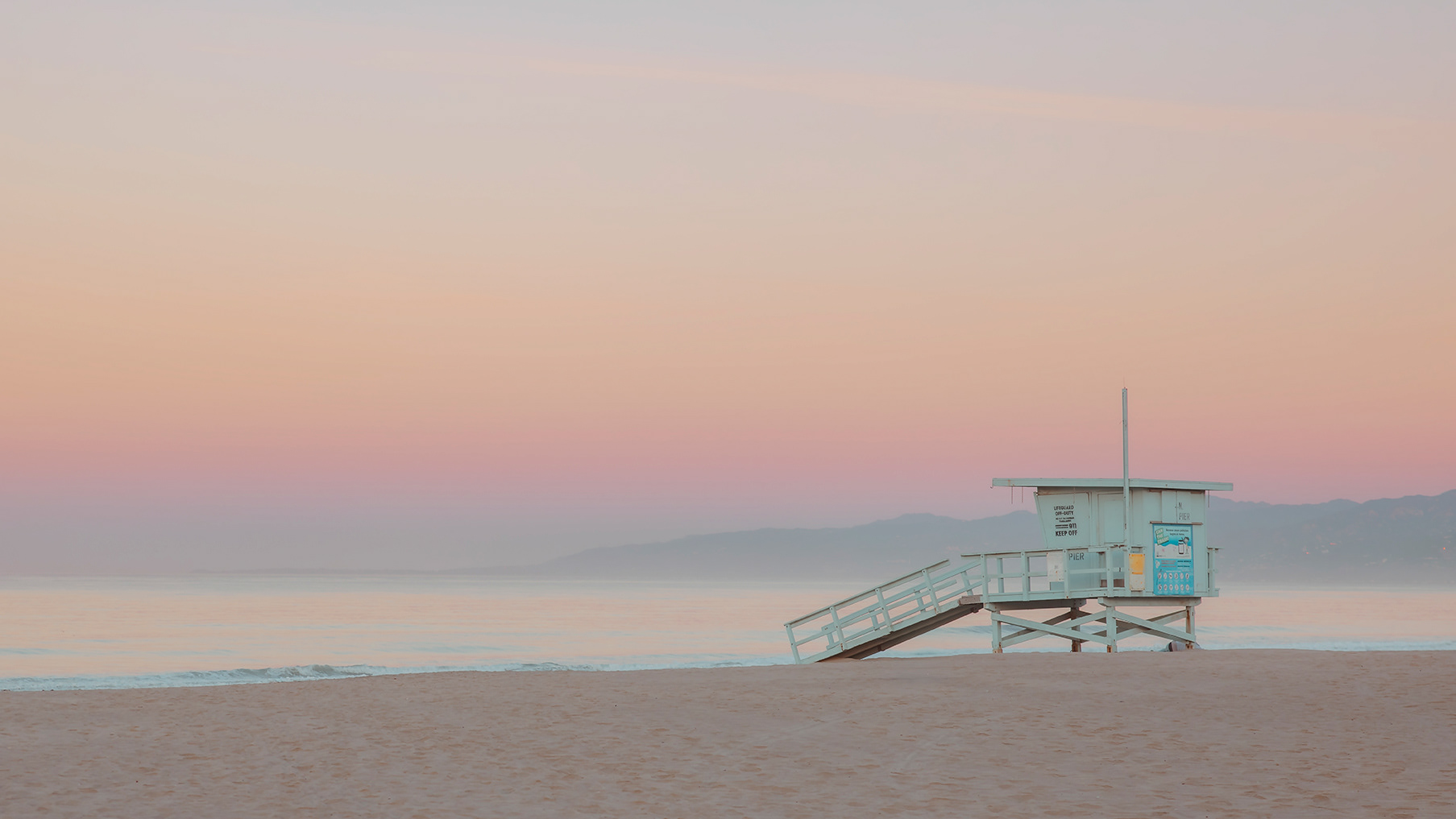
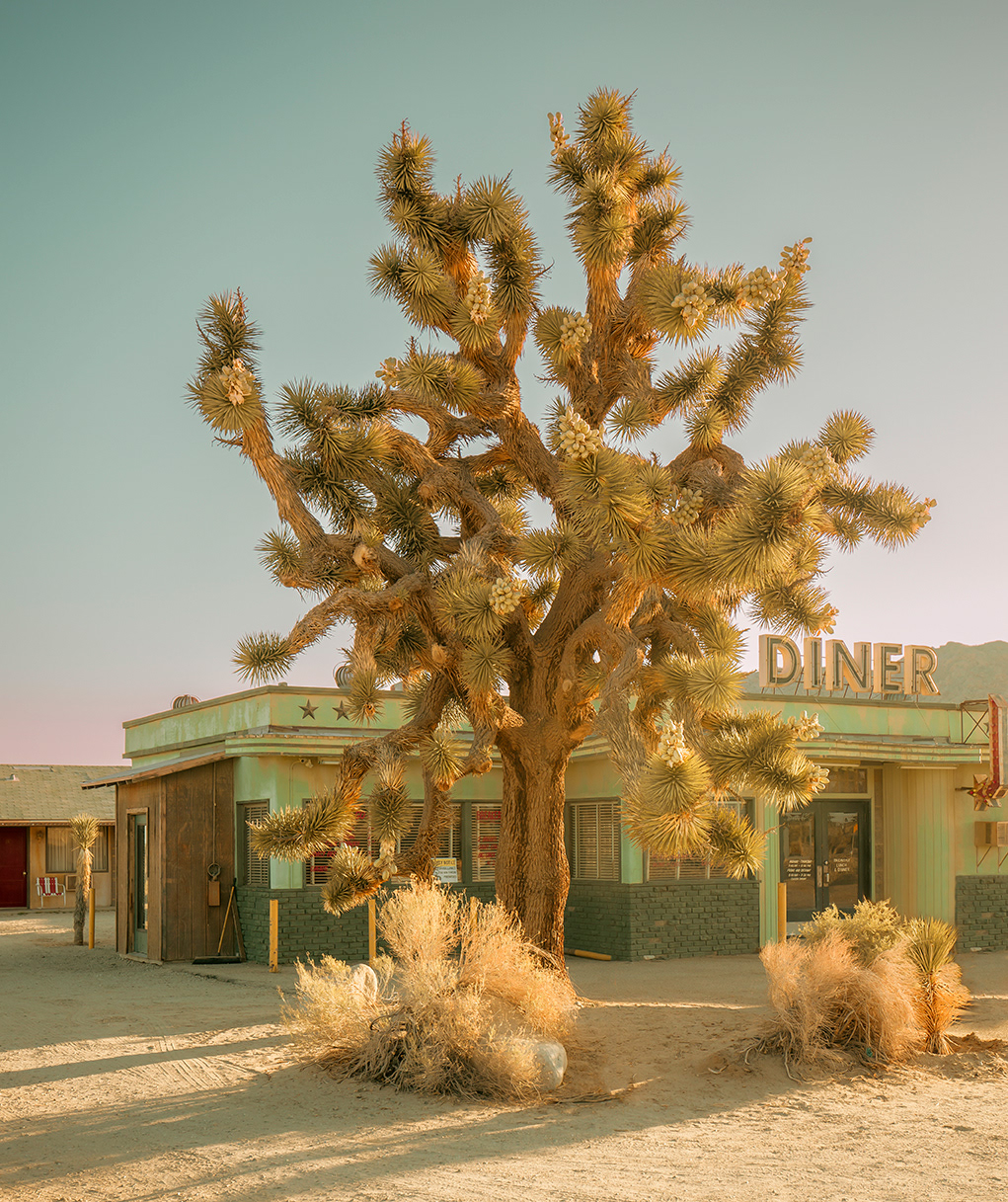
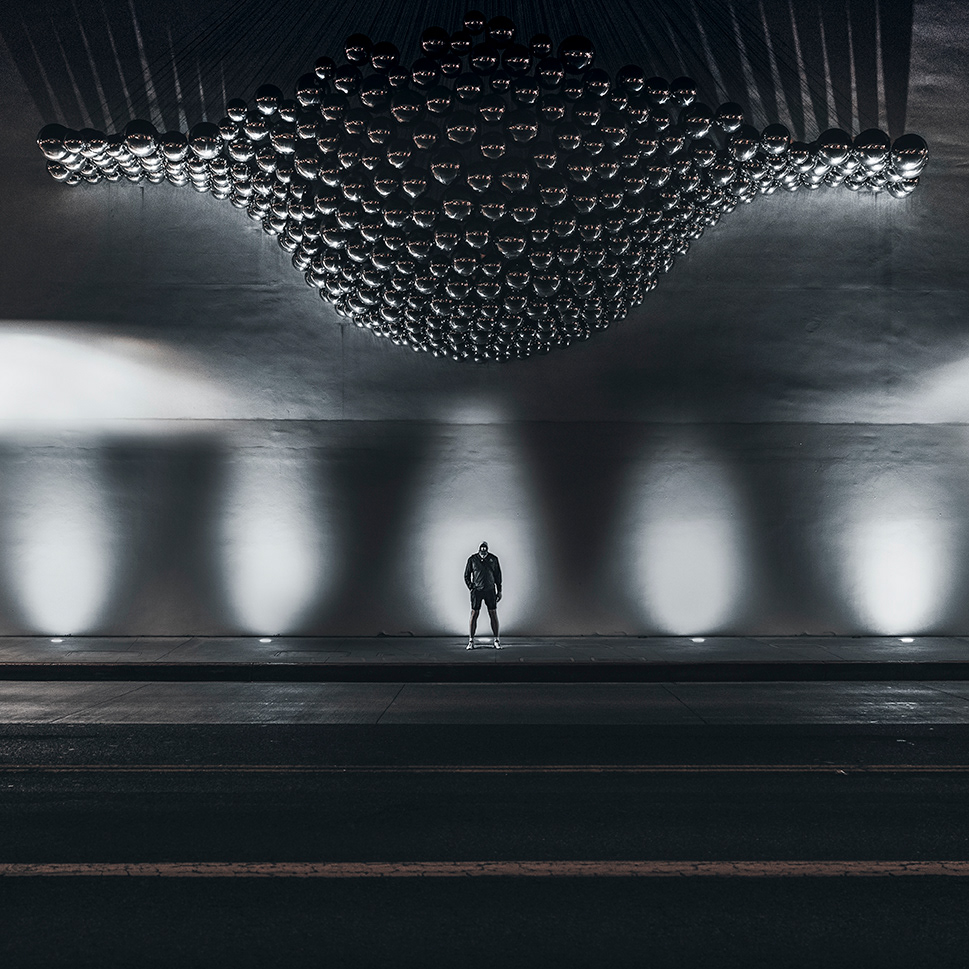
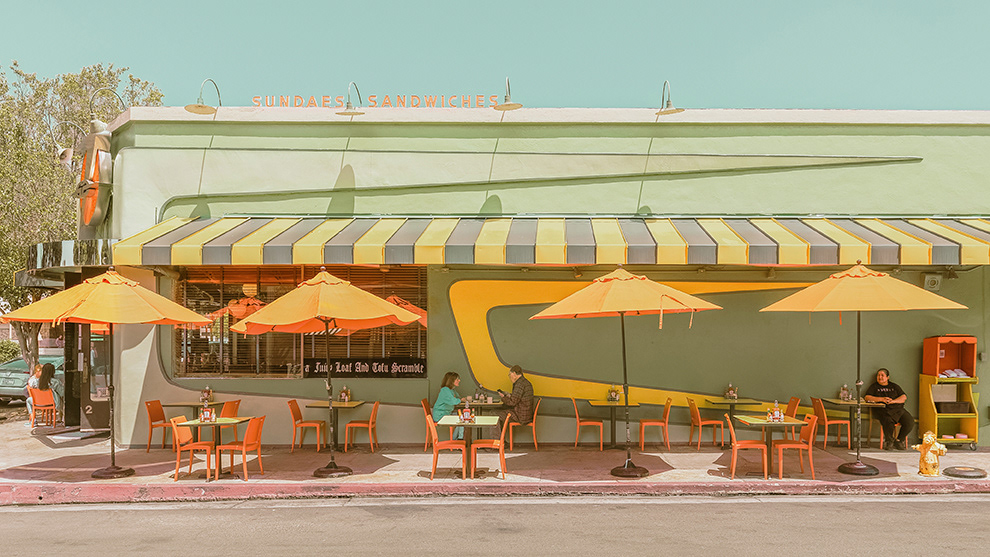
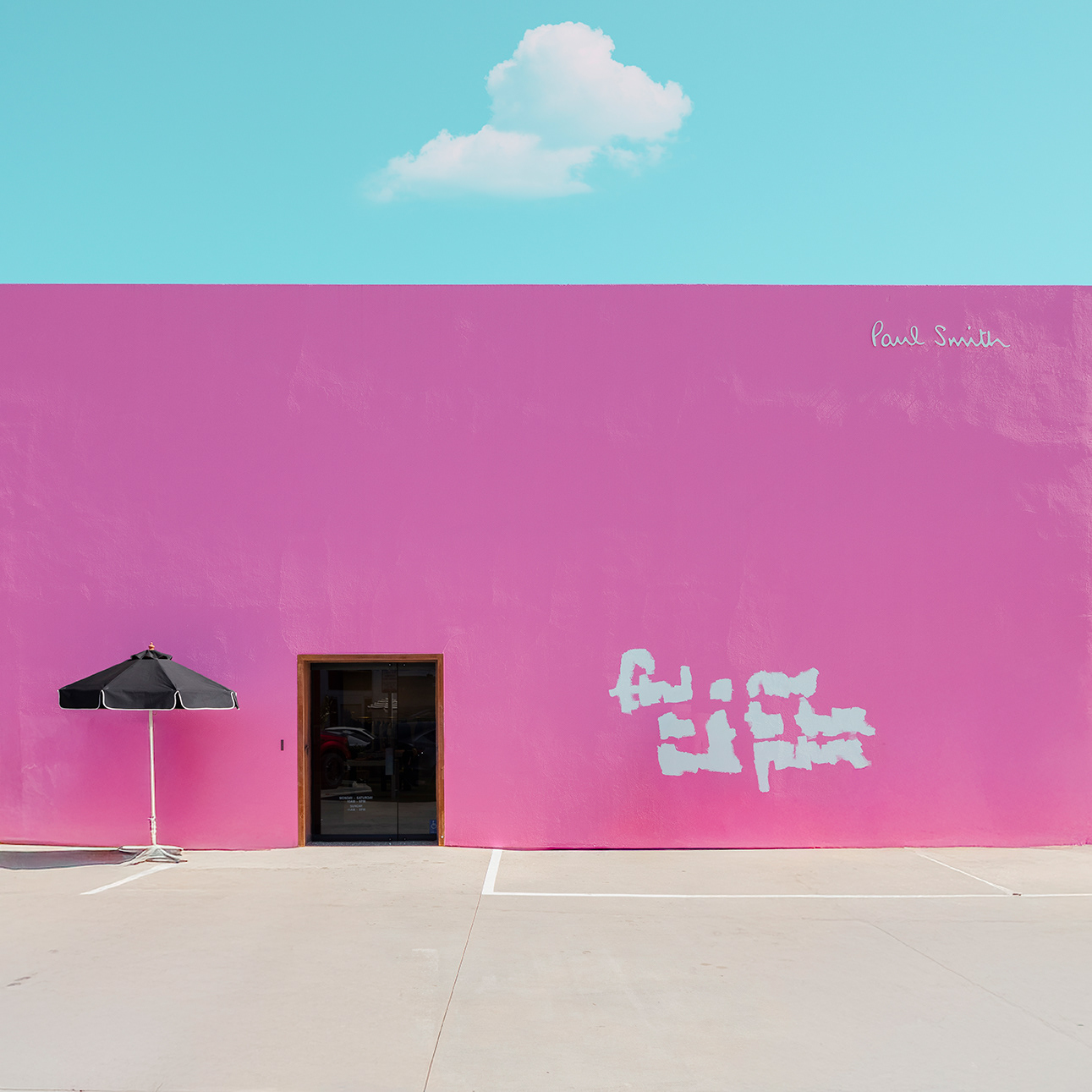
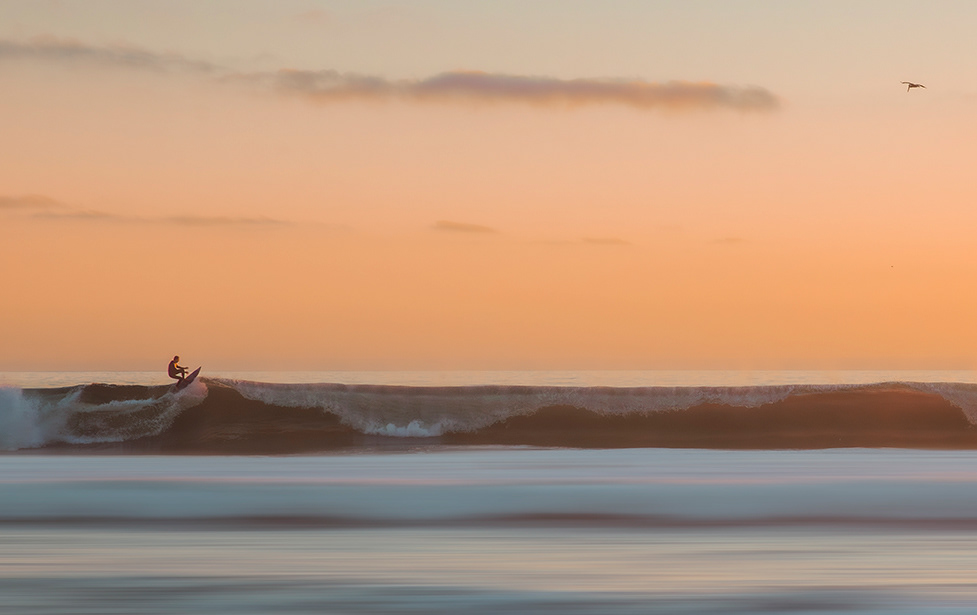
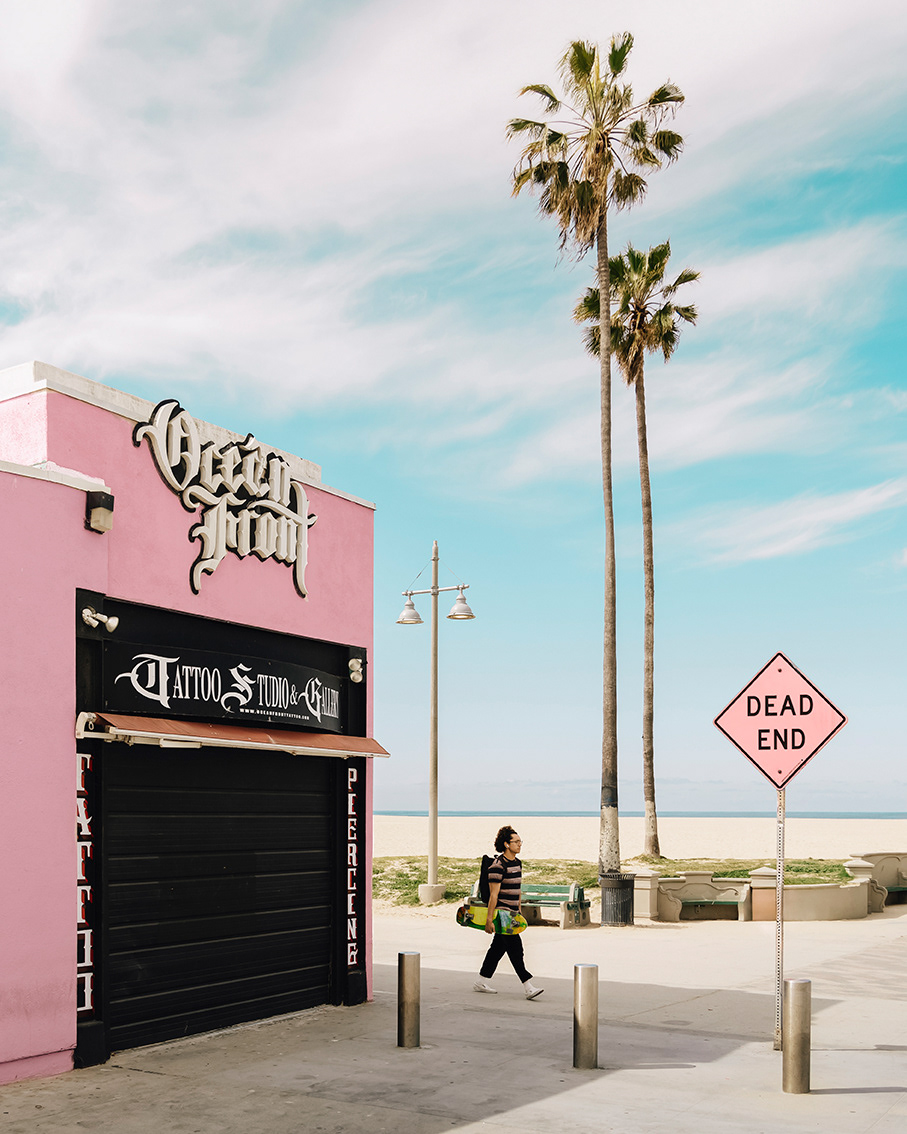
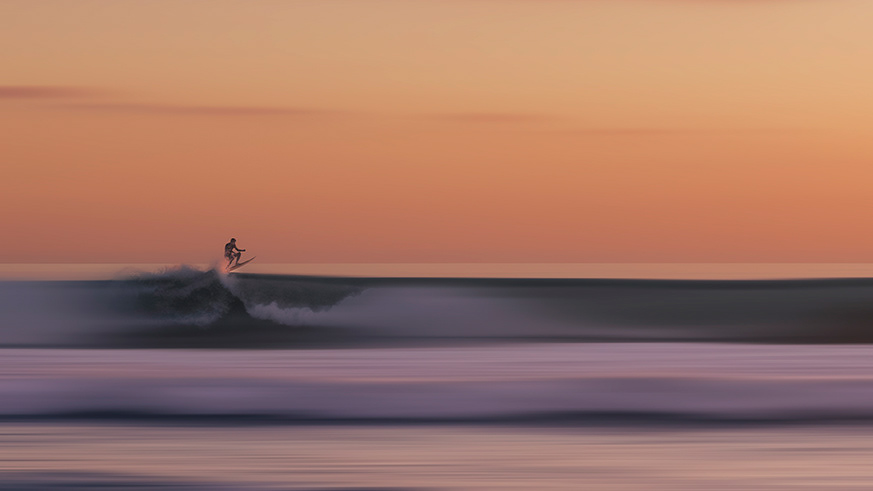
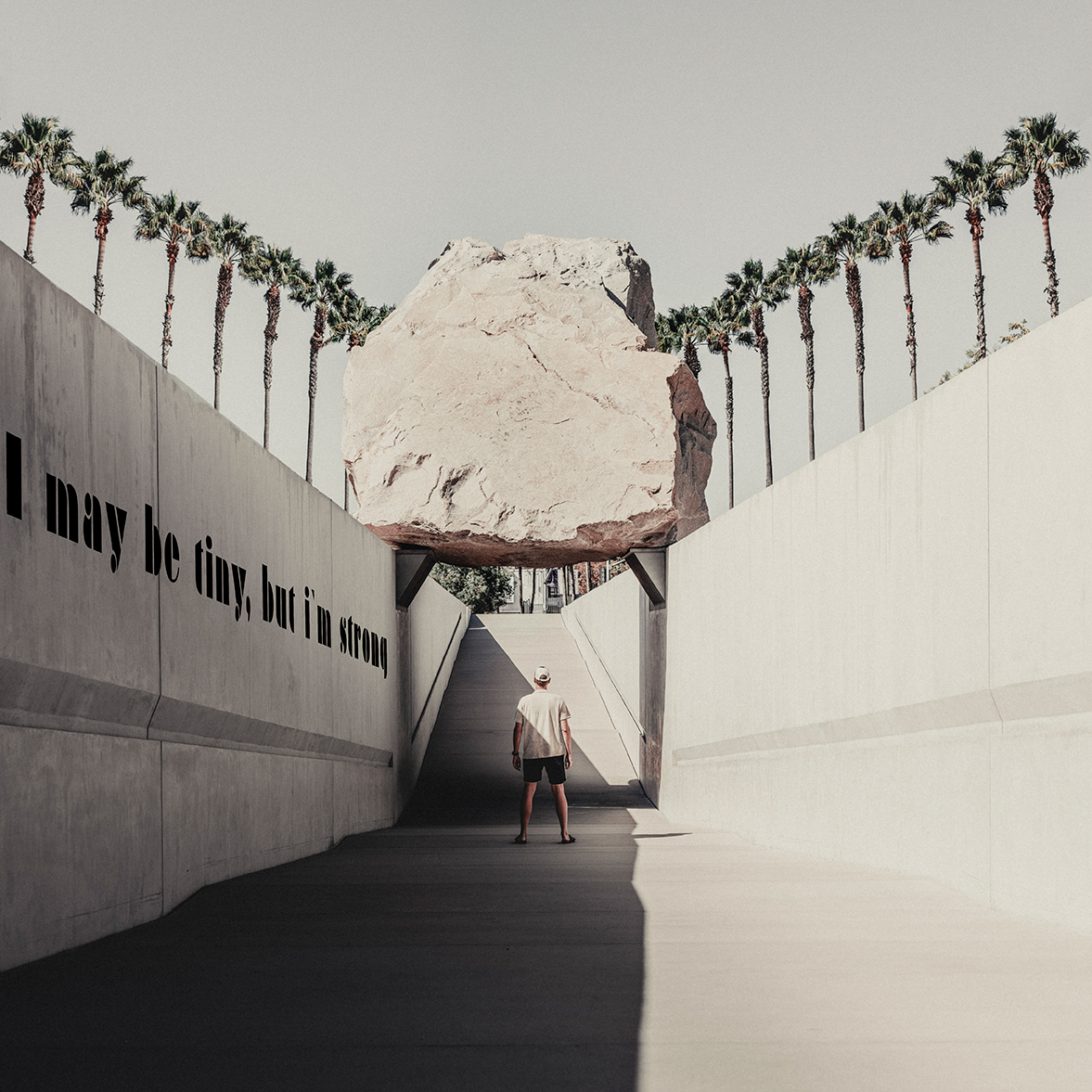

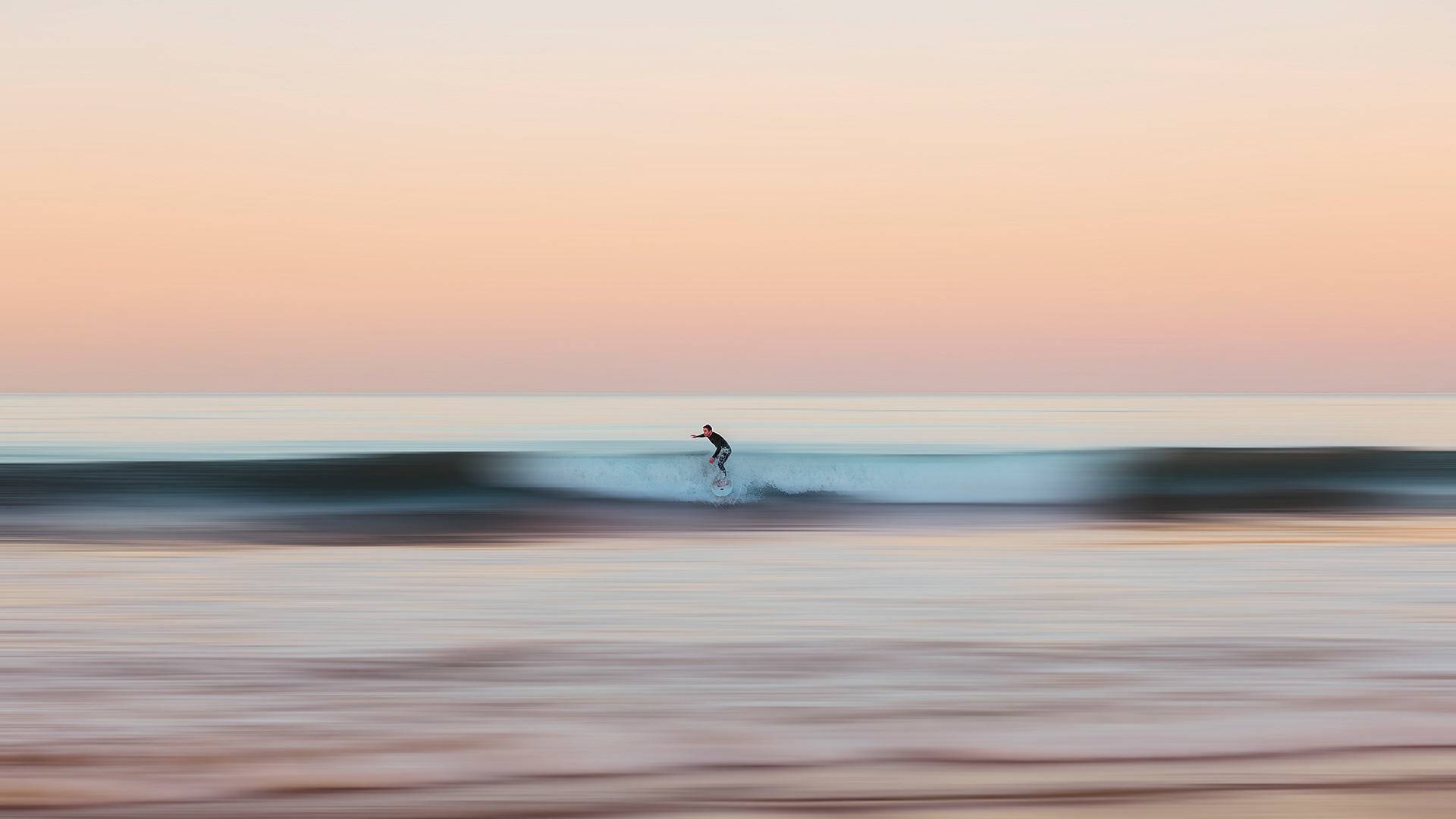
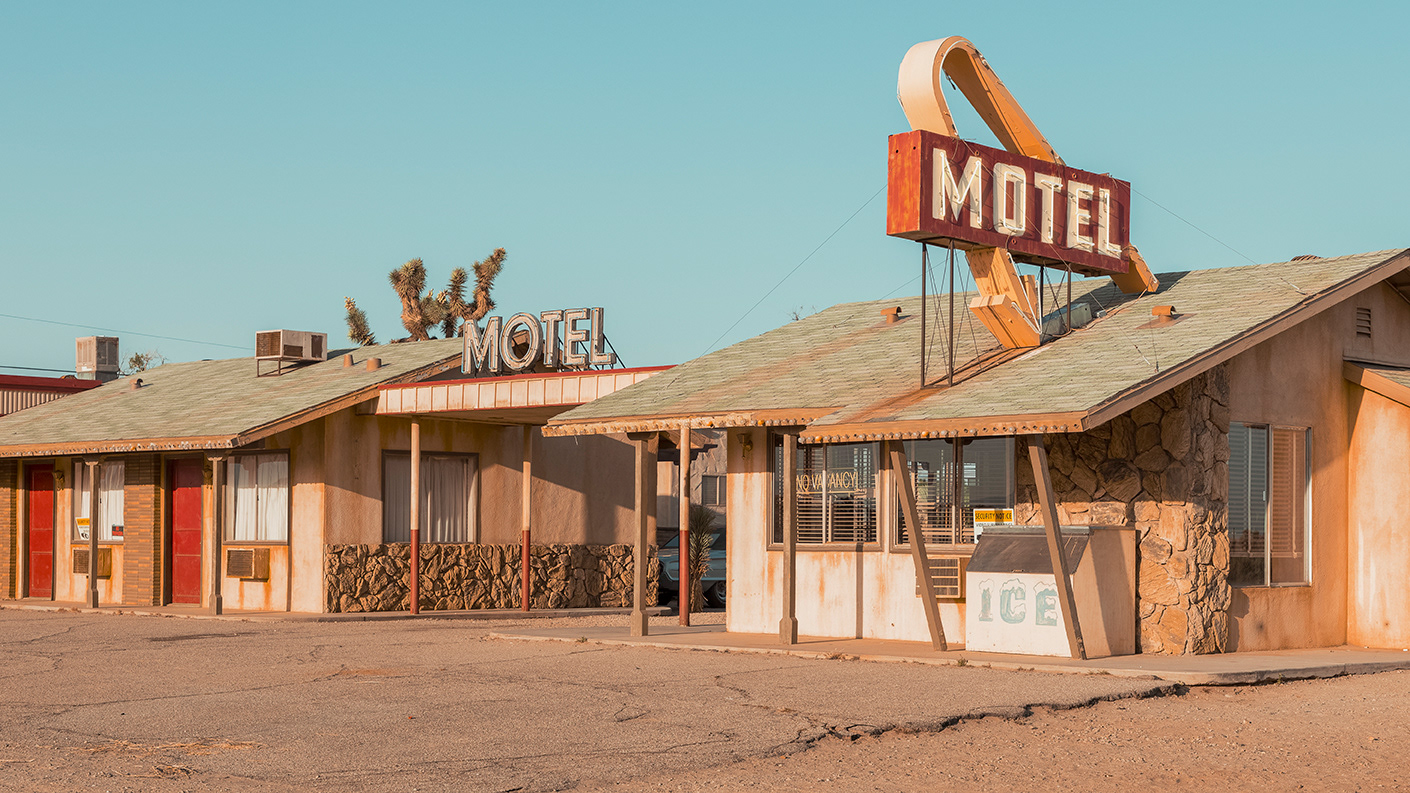
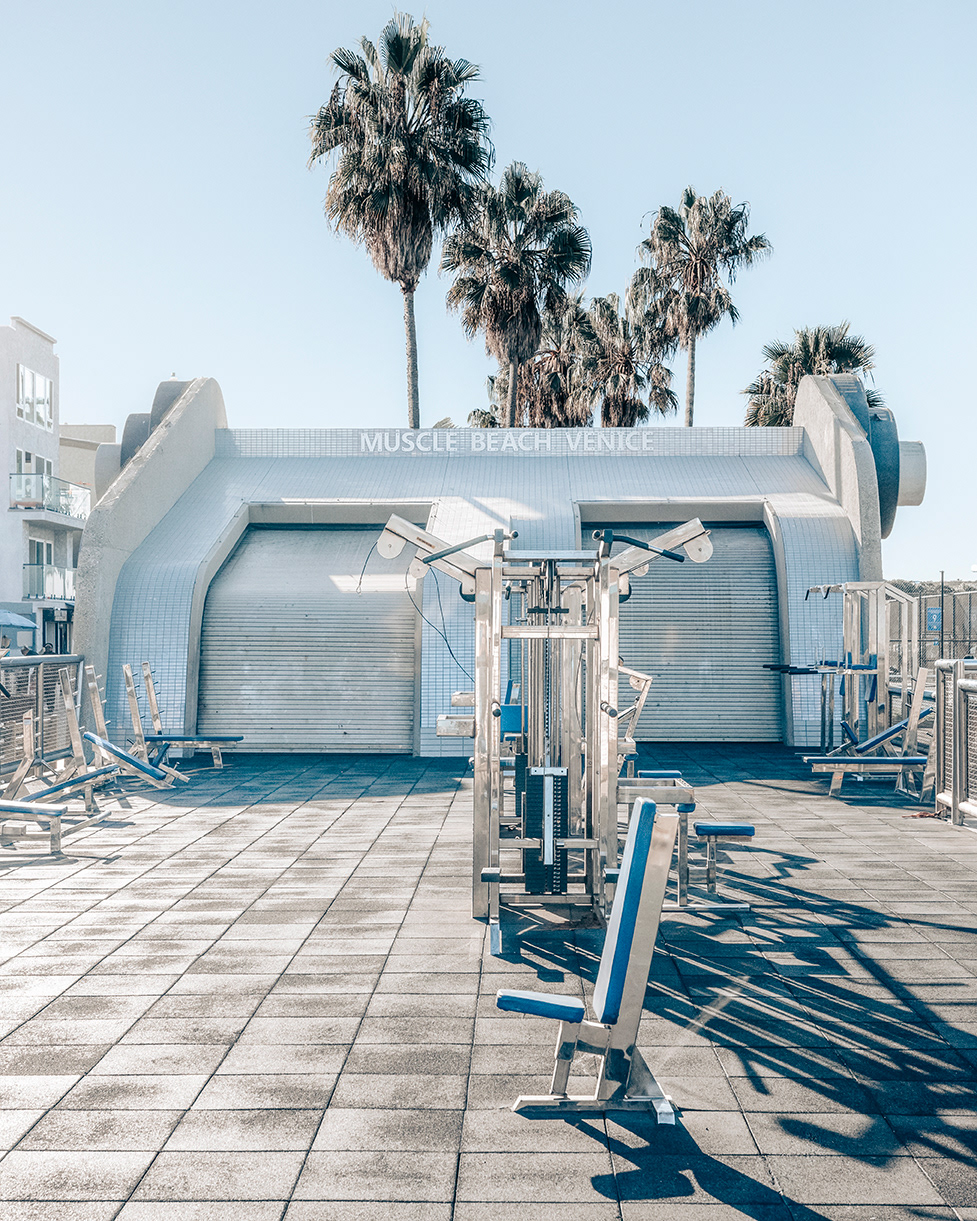
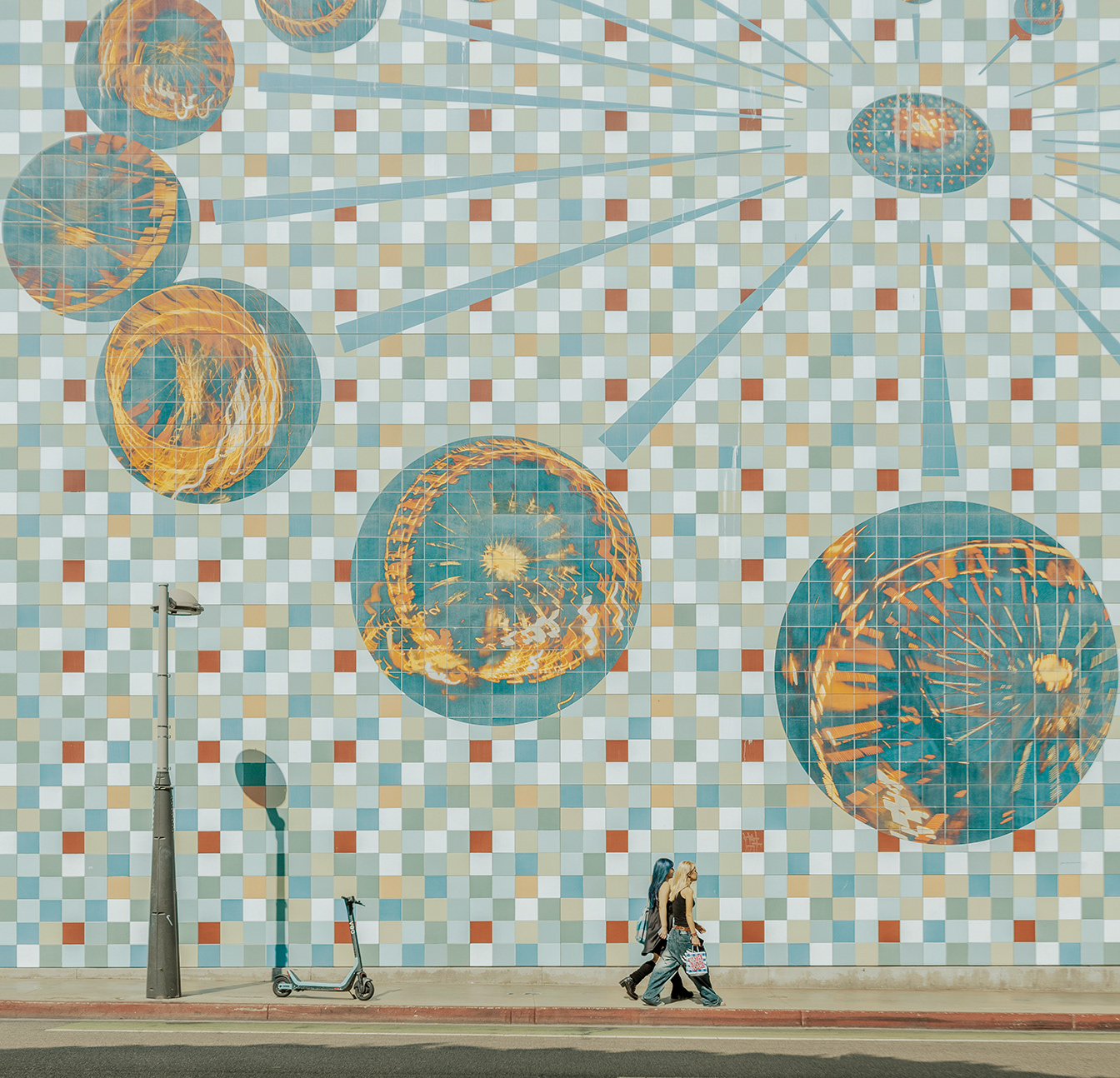
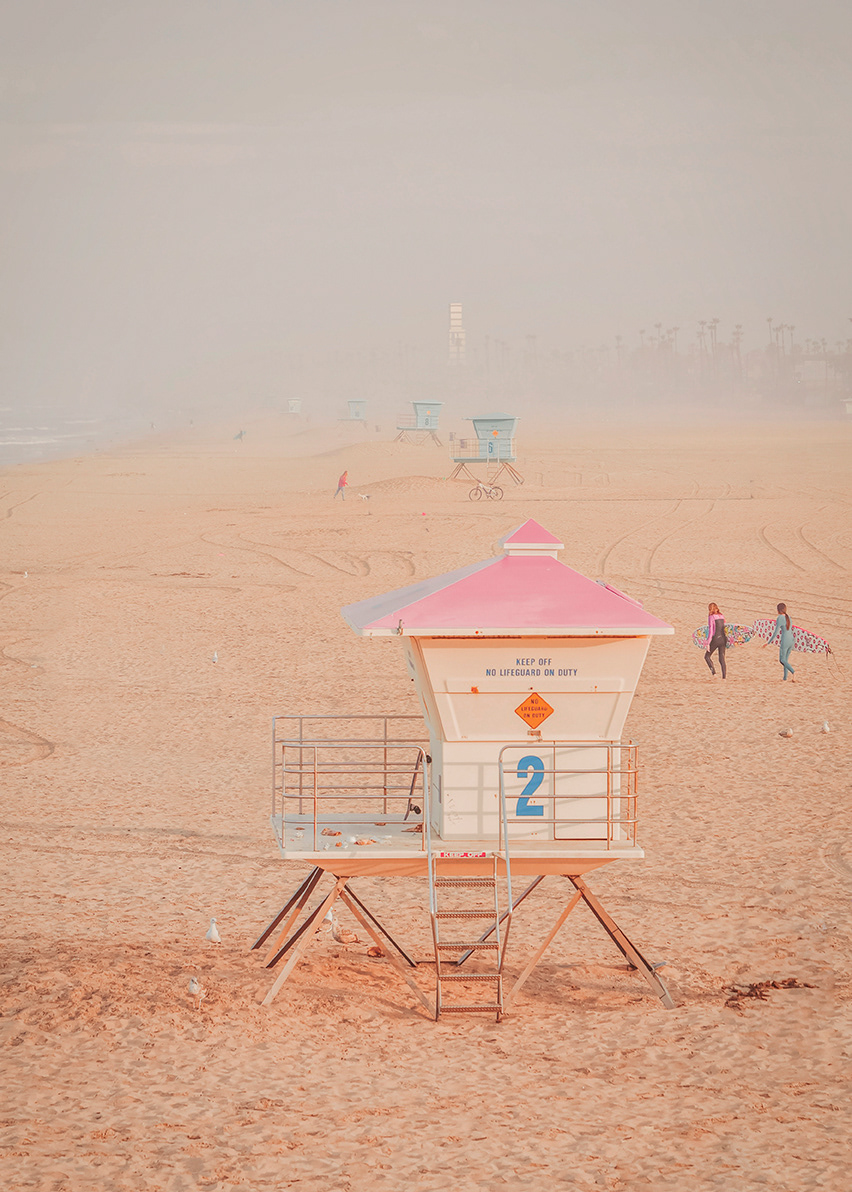
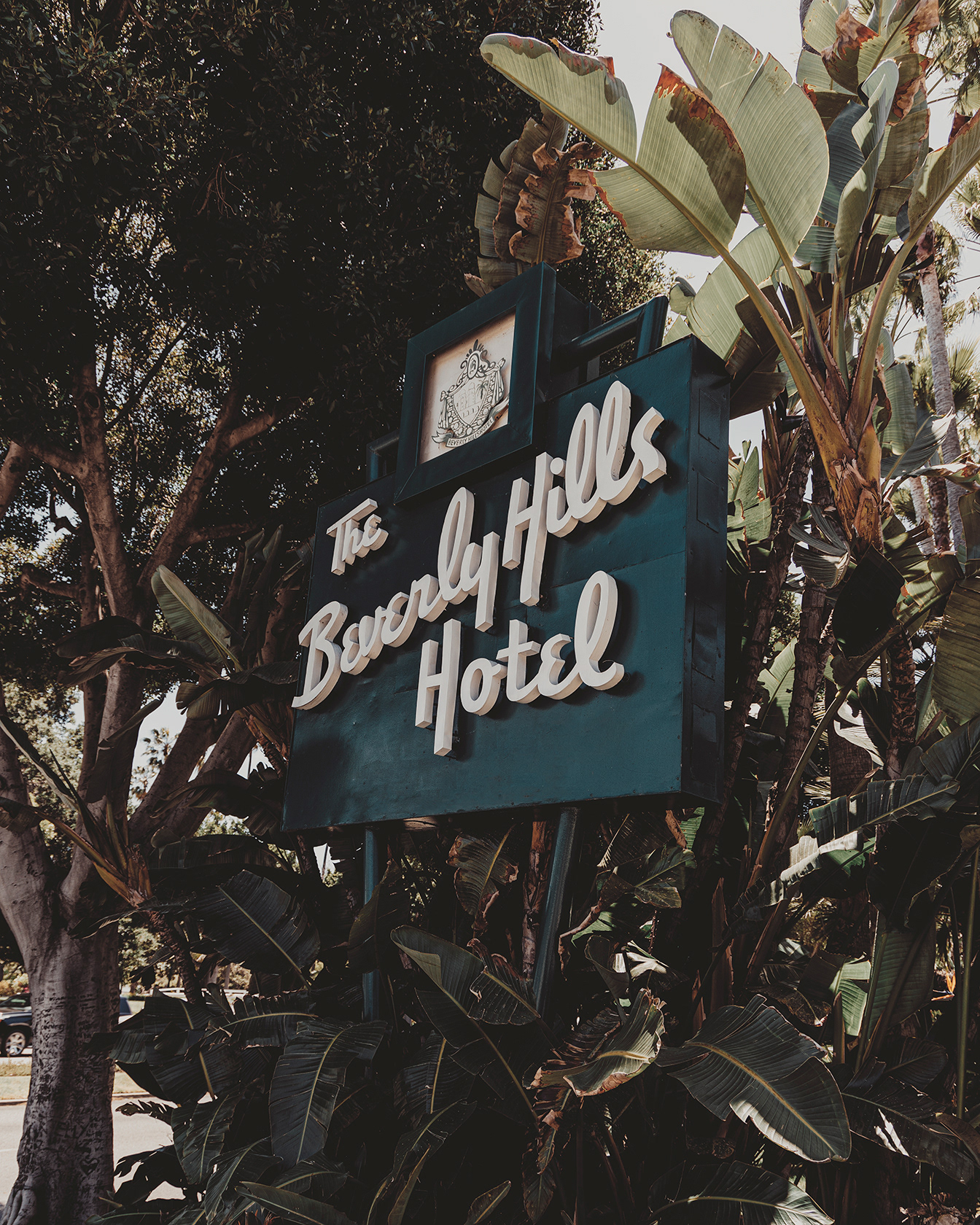
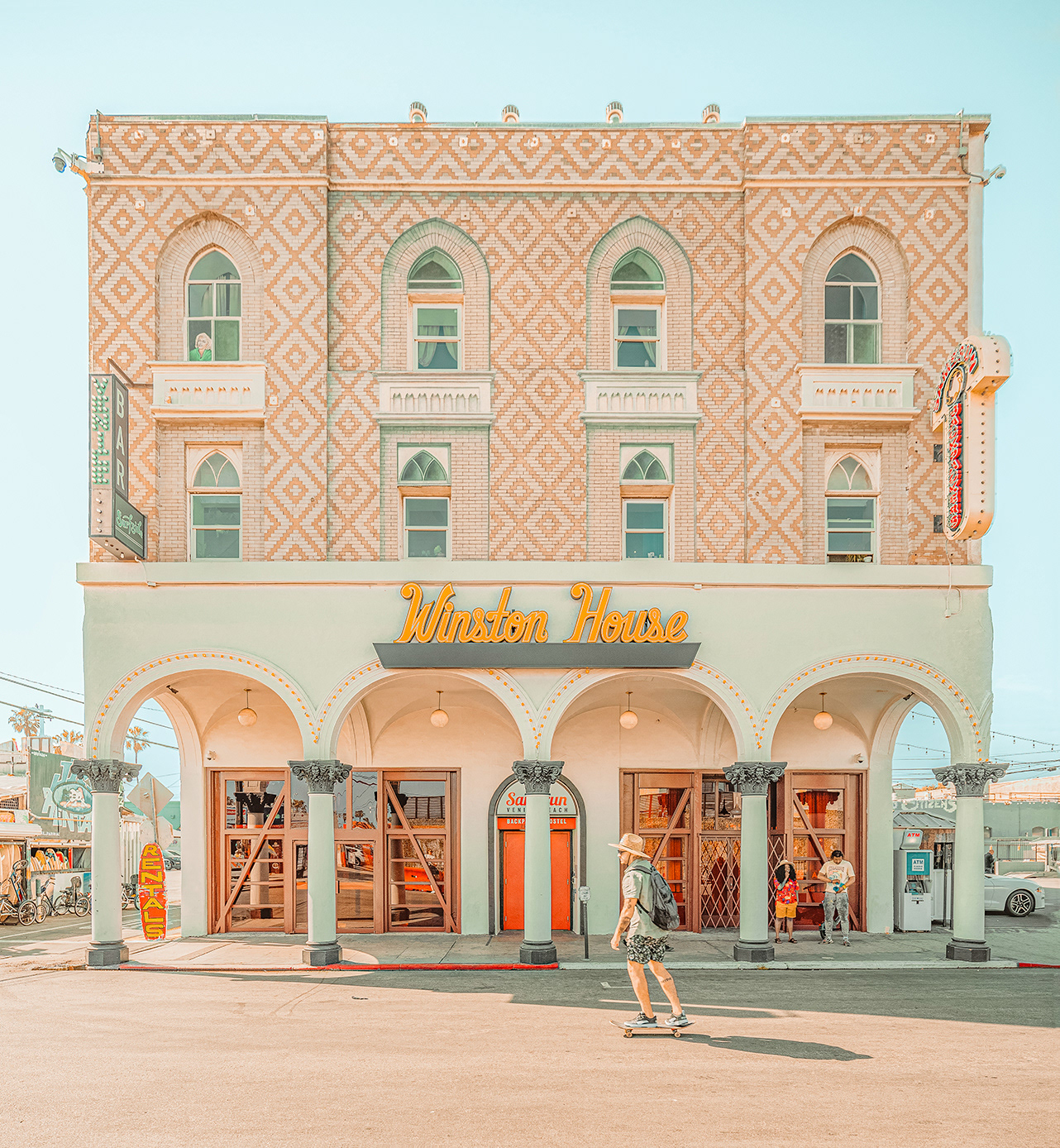
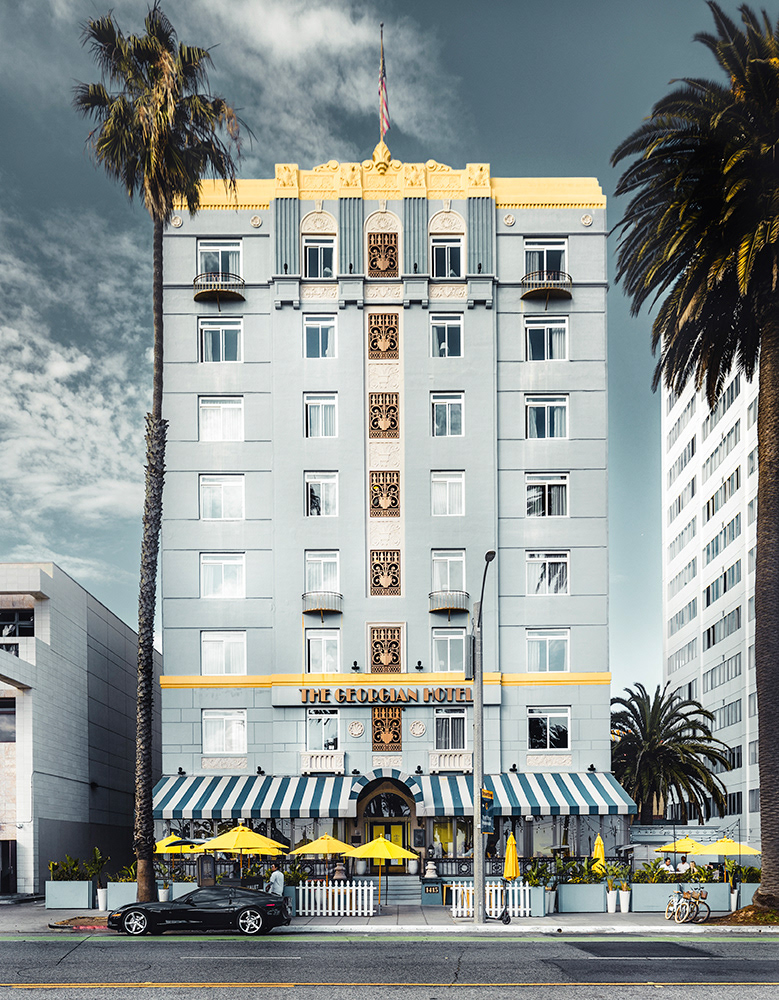
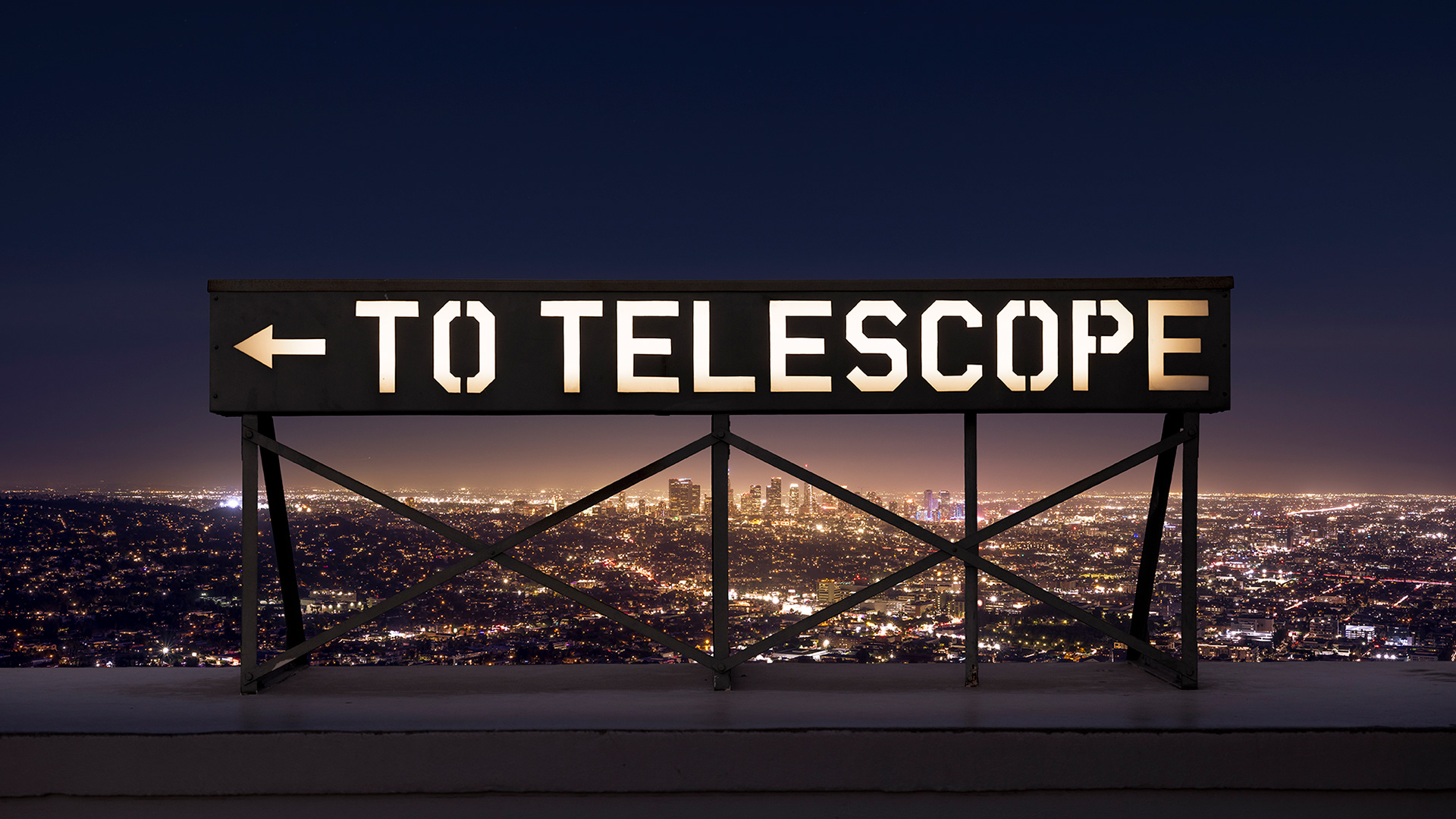
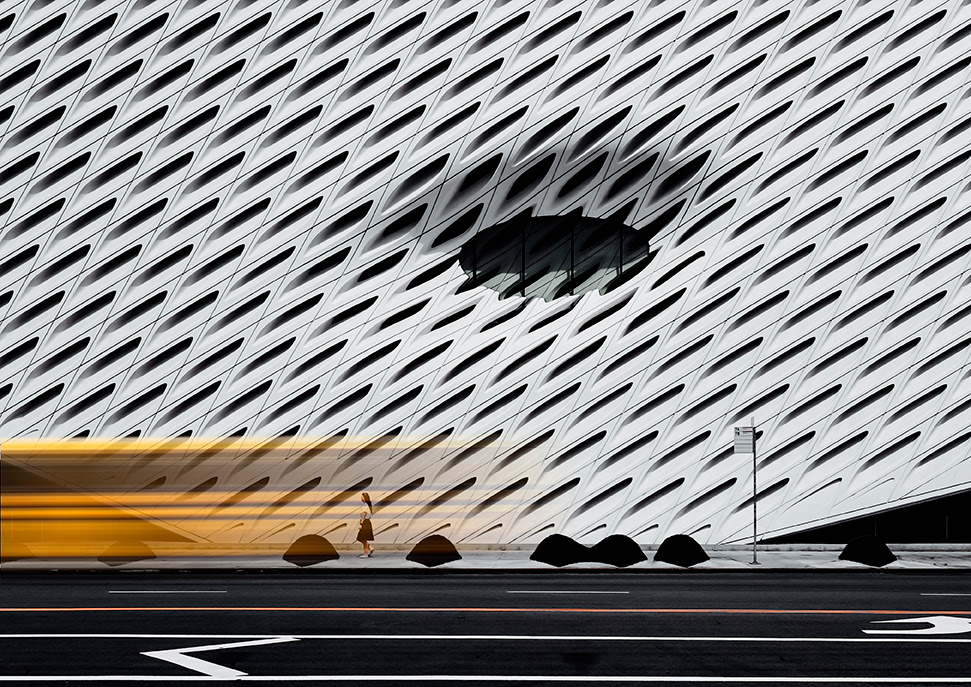
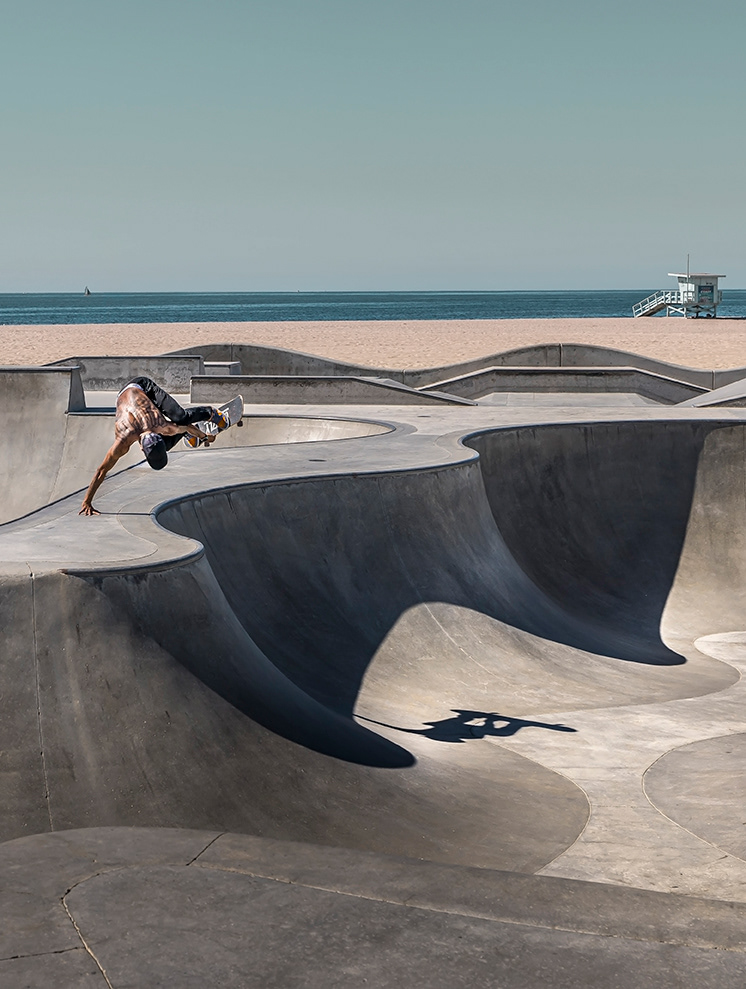

Lazy Day’s in L.A. Wandering. Watching. Soaking it all in.Los Angeles isn’t always about speed, spectacle, or chasing the next thing. Sometimes, it’s best experienced slowly. One quiet step at a time. On days without plans. With no destination. Just sunlight on your skin and curiosity in your lens. This series is born from those days. Lazy days, where you wander through side streets in Silver Lake, pause in the shadow of mid-century architecture in West Hollywood, or lose track of time people-watching on a sun-drenched corner in Venice. Where the smell of street tacos, the buzz of neon, and the distant hum of traffic become part of the frame. L.A. reveals itself differently when you stop rushing. It’s in the faded signs, the layered textures, the way light bounces off a parked car. It’s in the people — the dreamers, the drifters, the everyday magic of city life unfolding moment by moment.These are not grand gestures, but quiet impressions. A city seen not in motion, but in stillness. Click - Create - Repeat